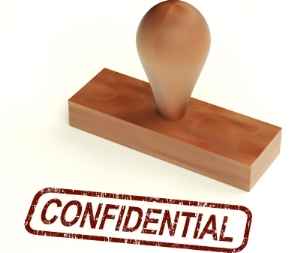
The departure of sensitive information along with a valued employee is a persistent threat to business – how can HR minimise the impact?
 The leakage of confidential information, whether it be via social media channels such as LinkedIn, through Bring Your Own Device (BYOD) breaches, or old-fashioned word-of-mouth, the departure of sensitive information along with a valued employee is a persistent threat to business.
The leakage of confidential information, whether it be via social media channels such as LinkedIn, through Bring Your Own Device (BYOD) breaches, or old-fashioned word-of-mouth, the departure of sensitive information along with a valued employee is a persistent threat to business.
However there are important steps HR can take to minimise the risks. Richard Hoad from Clayton Utz recently outlined some key steps business can undertake to ensure confidential information is safeguarded.
For starters, Hoad said the first port of call is to build a fence around corporate confidential information, and keep the gate shut by:
What to do when an employee resigns
While your business is likely to already have standard procedures for dealing with departing employees, Clayton Utz noted it’s advisable to: